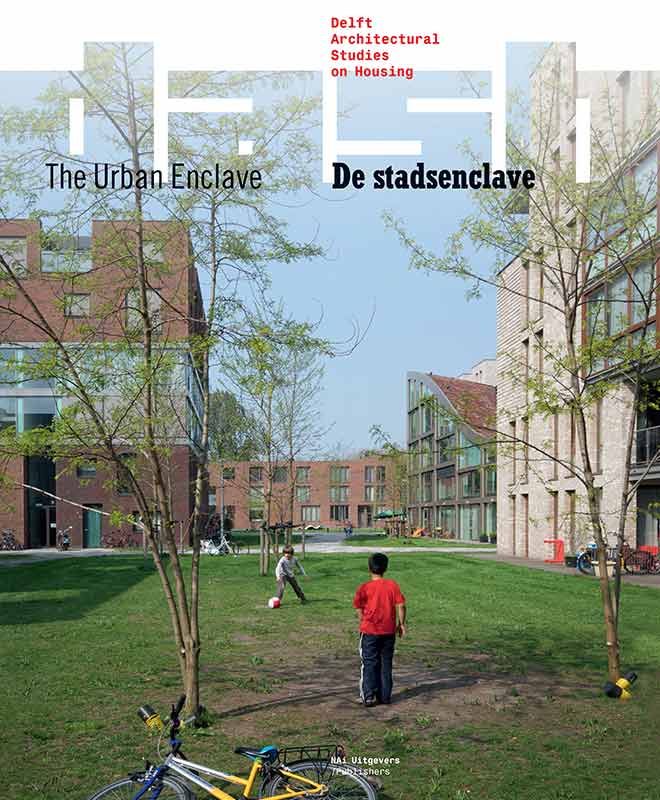Editorial
DOI:
https://doi.org/10.7480/dash.05.4639Abstract
Large-scale urban renewal is often associated with the radical visions of the avant-garde in the first half of the twentieth century. This association often carries a negative connotation. The wanton demolition involved in projects such as Le Corbusier’s Plan Voisin and Hilbersheimer’s Hochhausstadt is a source of criticism.
These proposals were propelled by an optimistic faith in the idea that the world could be designed to order, an aversion towards the stagnating traditional city and – later – the reality of the devastation wrought by the Second World War.
After the war, a fierce debate began to emerge among the protagonists of the Modern Movement. The ideas on the renewal of the modern city advocated by CIAM were critically examined and rejected by a new generation of architects. Team 10 presented itself as the new avantgarde, with a discourse centred on the living environment (the street, the neighbourhood).
Yet the compulsion toward large-scale projects did not wane – only the strategy changed. Team 10 concentrated explicitly on large-scale (expanding) structures laid over the existing city. In these ideas the paradigm of radical renewal was just as prevalent as in Le Corbusier’s and Hilbersheimer’s revolutionary projects. The concept of the megastructure found many adherents beyond Team 10 as well, in the work of Piet Blom, for instance.

